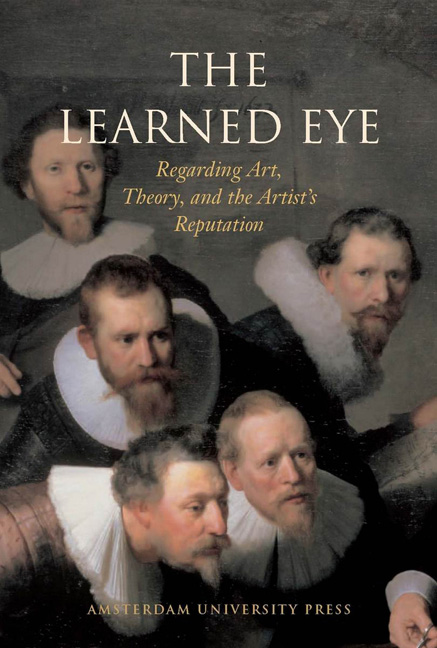The Contours in the Paintings of the Oranjezaal, Huis ten Bosch
Published online by Cambridge University Press: 25 January 2021
Summary
Introduction
In obtaining a convincing three-dimensional illusion on the painting's flat surface, the contours of the forms depicted play an important role. Indeed, it is not just the modelling with light and shade that gives the effect of rounding and depth, the rendering of the outer boundaries of the figures is equally important in realizing these effects. In Netherlandish painting of the seventeenth century, one of the most important pictorial ambitions was to achieve a convincing illusion of reality, and the manner in which the contours were rendered was a major consideration for painters. In his De Schilder-konst der Oude (1641), Franciscus Junius, interpreting the observations on outlines by classical authors, summarizes the pictorial function of contours: ‘[the painter] should also take great care with the contours […] the compass or outline of the figures [should] be drawn with such nicety and such unfettered sweetness that the beholders think they see in it […] what is invisible […] that not only what lies behind it seems believable, but that it also appears to show what lies hidden there.’ The contours should thus ensure that the figures do not appear to cease at their painted edges. In a painting it is precisely this suggestion that gives rise to the impression of depth and lends volume to the figures.
Little attention has been paid to the solutions developed by Netherlandish seventeenth-century painters for the rendering of contours. Ernst van de Wetering is one of the few who have studied this question and its pictorial implications. He analysed Rembrandt's method to graze over the background paint just beyond the outline of the form in question, with a brush moderately loaded with stiff paint producing a rough and diffuse margin. This method, however, was by the middle of the seventeenth century only one out of a large repertoire of possibilities. In this article, I shall examine the methods of four of Rembrandt's contemporaries. These painters, Salomon de Braij (1579-1664), Gerrit van Honthorst (1592- 1656), Cesar van Everdingen (1616/17-78), and Theodoor van Thulden (1606- 69), each had their own different method for rendering outlines.
- Type
- Chapter
- Information
- The Learned EyeRegarding Art, Theory, and the Artist’s Reputation, pp. 59 - 86Publisher: Amsterdam University PressPrint publication year: 2005



